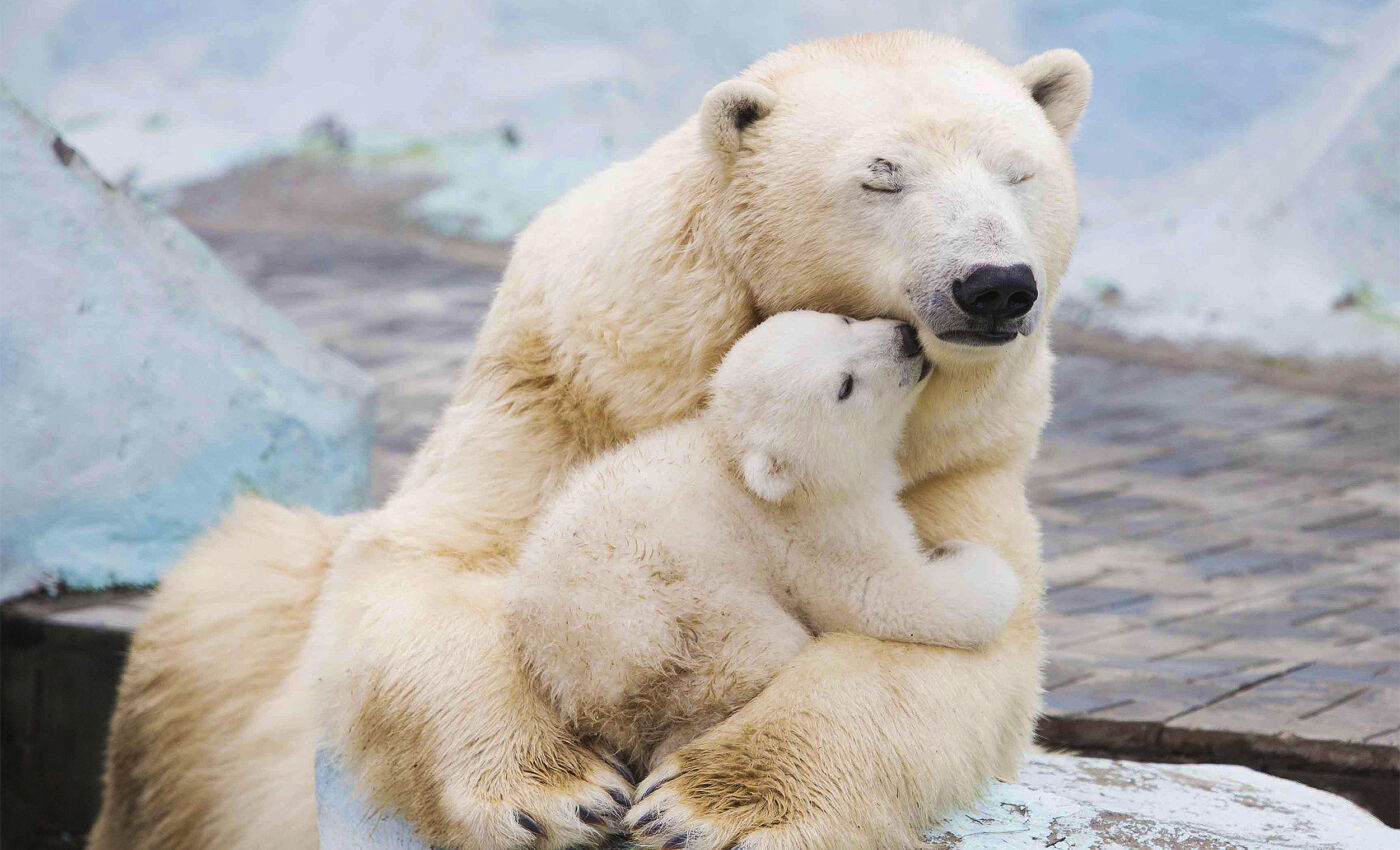
New sweaters use synthetic fibers mimicking polar bear fur
Researchers have made an advancement in textile technology, drawing inspiration from the structure of polar bear fur. The team, led by Mingrui Wu, developed a novel aerogel fiber characterized by its exceptional thermal and mechanical properties.
This innovative material is not only washable and dyeable but also boasts remarkable durability. It is ideally suited for use in advanced textiles.
Thermal insulation from polar bear fur
The centerpiece of this research is the aerogel, a material renowned for its high porosity and extraordinarily low thermal conductivity, making it perfect for thermal insulation. Traditional aerogel applications in textiles were limited due to their fragility and poor processability.
These materials lacked the necessary strength and stretchability for practical textile use. Moreover, they were not machine washable and would rapidly deteriorate in thermal performance in wet or humid conditions.
Many animals in cold environments, such as polar bears, have evolved specialized fur for warmth and dryness. Polar bear hair, for instance, consists of a porous core wrapped in a dense shell, offering superb thermal insulation while remaining strong and flexible.
Mimicking this core-shell structure, Wu and his team employed a freeze-spinning method to create a robust polymeric aerogel fiber with lamellar pores, encapsulated within a stretchable rubber layer.
Winning by copying nature
The resulting encapsulated aerogel fiber (EAF) is not only excellent in thermal insulation but also mechanically robust, making it suitable for knitting or weaving. The fiber’s high internal porosity, over 90%, allows it to stretch up to 1000% strain.
This is a substantial leap from traditional aerogel fibers that only reach about 2% strain. Impressively, the fiber retains its thermal insulation properties even after 10,000 repeated stretching cycles at 100% strain.
To showcase the practicality of this innovation, Wu and his colleagues crafted a thin sweater from these fibers.
Remarkably, this sweater is about one-fifth as thick as a conventional down jacket yet provides comparable insulating performance. This proof-of-concept highlights the EAF’s potential in revolutionizing the textile industry.
Implications of polar bear fur mimicry
Complementing this research, Zhizhi Sheng and Xuetong Zhang offer an in-depth Perspective on the study. Their analysis delves into the finer details, shedding light on the broader implications of this technological breakthrough.
In summary, this polar bear fur research not only marks a significant stride in textile technology but also exemplifies the power of biomimicry in innovative material development.
By learning from and emulating nature’s designs, the team has unlocked new possibilities in textile applications, paving the way for more efficient, sustainable, and high-performing materials.
The full study was published in the journal Science.
—–
Like what you read? Subscribe to our newsletter for engaging articles, exclusive content, and the latest updates.
Check us out on EarthSnap, a free app brought to you by Eric Ralls and Earth.com.
—–













